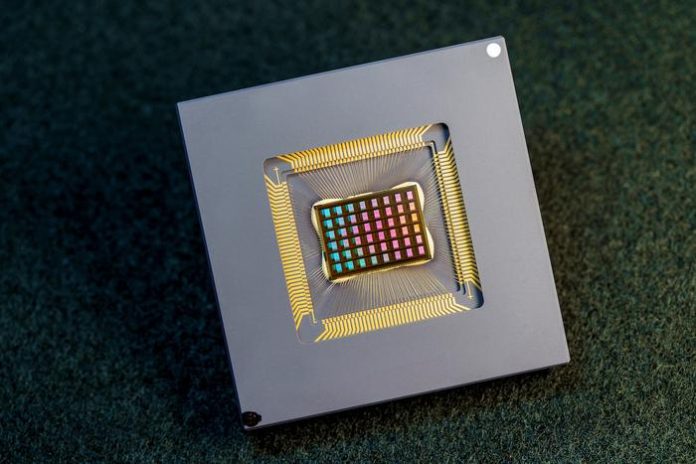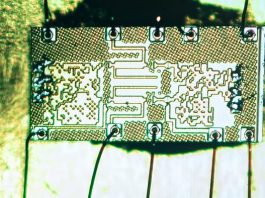Neuromorphic computing—a field that applies neuroscience principles to computing systems to mimic the brain’s function and structure—needs to scale up if it is to compete effectively with current computing methods.
Researchers have presented a detailed roadmap of how neuromorphic computing can reach this goal.
The research offers a new and practical perspective toward approaching the cognitive capacity of the human brain with comparable form factors and power consumption.
“We do not anticipate that there will be a one-size-fits-all solution for neuromorphic systems at scale but rather a range of neuromorphic hardware solutions with different characteristics based on application needs,” the authors stated.
The versatile applications of neuromorphic computing
Neuromorphic computing has applications in scientific computing, artificial intelligence, augmented and virtual reality, wearables, smart farming, smart cities, and more.
Neuromorphic chips have the potential to outpace traditional computers in energy and space efficiency and performance. This could present substantial advantages across various domains, including AI, healthcare, and robotics.
As AI’s electricity consumption is projected to double by 2026, neuromorphic computing emerges as a promising solution.
“Neuromorphic computing is particularly relevant today when we are witnessing the untenable scaling of power- and resource-hungry AI systems,” said Gert Cauwenberghs, a Distinguished Professor in the UC San Diego Shu Chien-Gene Lay Department of Bioengineering and one of the paper’s co-authors.
Neuromorphic computing is at a pivotal moment, said Dhireesha Kudithipudi, the Robert F. McDermott Endowed Chair at the University of Texas San Antonio and the paper’s corresponding author.
“We are now at a point where there is a tremendous opportunity to build new architectures and open frameworks that can be deployed in commercial applications,” she said.
“I strongly believe that fostering tight collaboration between industry and academia is the key to shaping the future of this field.”
Further extending neuromorphic systems
Last year, Cauwenberghs and Kudithipudi secured a $4 million grant from the National Science Foundation to launch THOR: The Neuromorphic Commons, a first-of-its-kind research network providing access to open neuromorphic computing hardware and tools in support of interdisciplinary and collaborative research.
In 2022, a neuromorphic chip designed by a team led by Cauwenberghs showed that these chips could be highly dynamic and versatile without compromising accuracy and efficiency. The NeuRRAM chip runs computations directly in memory and can run various AI applications—all at a fraction of the energy consumed by computing platforms for general-purpose AI computing.
Cauwenberghs explained: “Our research offers a perspective on further extensions of neuromorphic AI systems in silicon and emerging chip technologies to approach both the massive scale and the extreme efficiency of self-learning capacity in the mammalian brain.”
Mimicking activity in the human brain
The authors propose several key features that must be optimised to achieve scale in neuromorphic computing, including sparsity, a defining feature of the human brain.
The brain develops by forming numerous neural connections (densification) before selectively pruning most of them. This strategy optimises spatial efficiency while retaining information at high fidelity.
If successfully emulated, this feature could enable neuromorphic systems that are significantly more energy-efficient and compact.
“The expandable scalability and superior efficiency derive from massive parallelism and hierarchical structure in the neural representation,” Cauwenberghs said.
In addition, the authors also call for stronger collaborations within academia and between academia and industry, as well as for developing a wider array of user-friendly programming languages to lower the barrier to entry into the field.
They believe this would foster increased collaboration, particularly across disciplines and industries.









